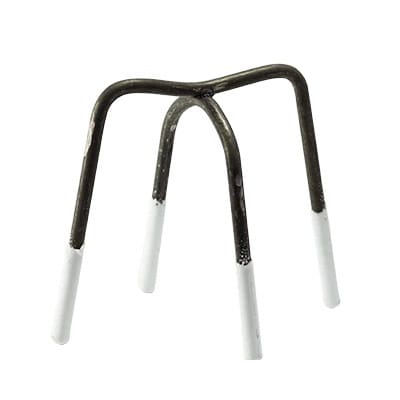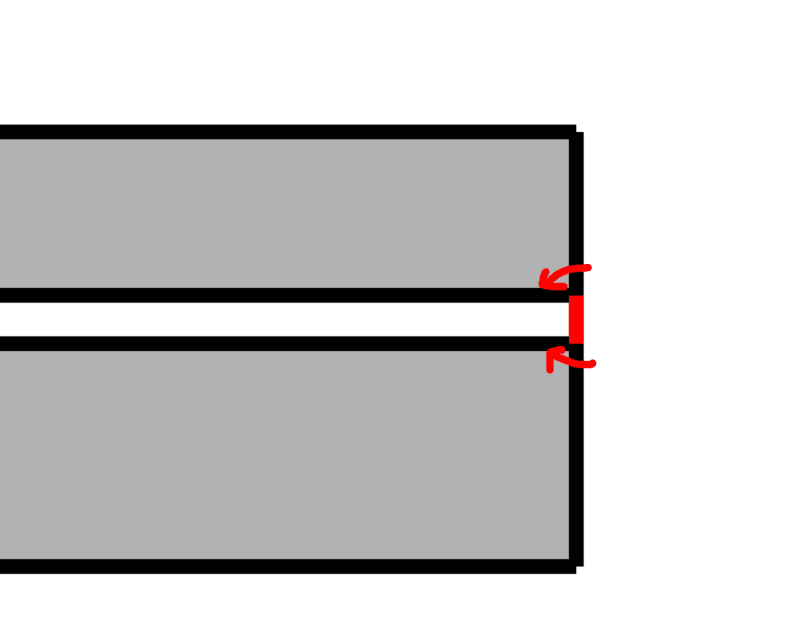The standard definition for concrete cover seems to be "the least distance between the surface of embedded reinforcement and the surface of the concrete" (ACI ITG-7-2)
In cross section, this is typically specified from the edge of the bars to the face of the concrete.
Is anyone aware of any exceptions for the ends of the bars, say at the end of a beam or the edge of a slab? Is the concrete cover requirement the same on the ends of the bar, or can a lesser amount of cover be justified at the bar ends?
In cross section, this is typically specified from the edge of the bars to the face of the concrete.
Is anyone aware of any exceptions for the ends of the bars, say at the end of a beam or the edge of a slab? Is the concrete cover requirement the same on the ends of the bar, or can a lesser amount of cover be justified at the bar ends?


